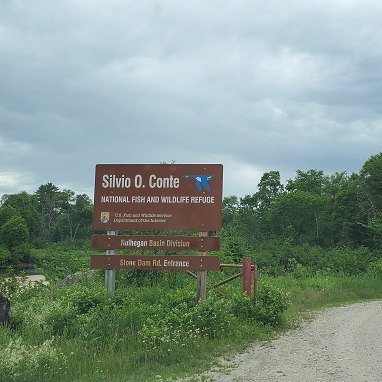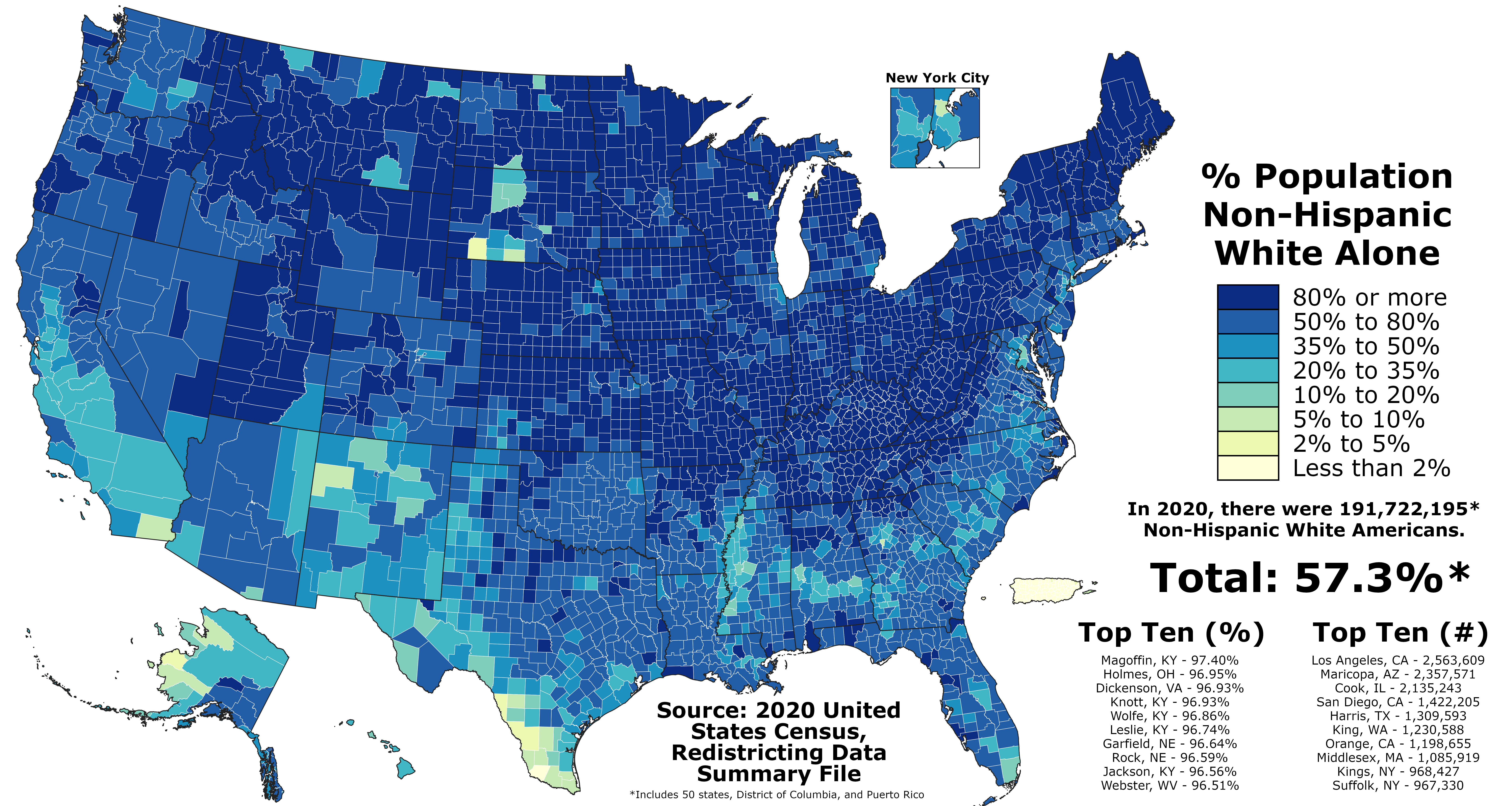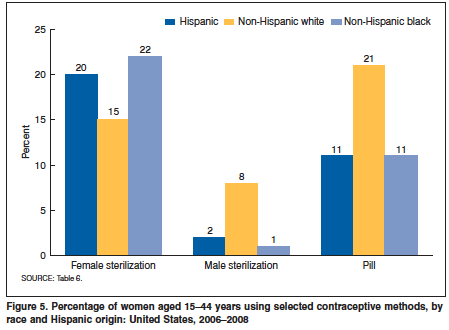|
Nulhegan Band Of The Coosuk Abenaki Nation
The Nulhegan Band of the Coosuk Abenaki Nation is a state-recognized tribe and nonprofit organization, called AHA "Abenaki Helping Abenaki", whose headquarters and land are based in Vermont. They are often referred to as the Nulhegan Abenaki Tribe or simply, Nulhegan. The Nulhegan Band has approximately 1,400 members, most of whom reside in the Northeast Kingdom region of Vermont. Vermont recognized the Nulhegan Band of the Coosuk Abenaki Nation in 2011. The Nulhegan are one of four state-recognized tribes in Vermont. They participate at the state level in many ways, including in the Vermont Commission of Native American Affairs. They are not federally recognized as a Native American tribe. Vermont has no federally recognized tribes. Etymology The Nulhegan Band of the Coosuk Abenaki Nation draws its name the Nulhegan River, a tributary to the Connecticut River and Nulhegan Basin near Brighton, Vermont. Its name means "the place of log traps." The band is also named for the C ... [...More Info...] [...Related Items...] OR: [Wikipedia] [Google] [Baidu] |
Nulhegan River
The Nulhegan River is a U.S. Geological Survey. National Hydrography Dataset high-resolution flowline data accessed April 7, 2016 tributary of the Connecticut River in Essex County, Vermont. Course The main stem of the river rises at the outlet of Nulhegan Pond in the eastern part of the town of Brighton, Vermont, and flows east into the town of Ferdinand. Near the eastern border of Ferdinand, the North Branch of the Nulhegan enters from the north. The main stem continues east into the northern corner of the town of Brunswick, then turns southeast upon entering the town of Bloomfield for its final descent to the Connecticut River at Bloomfield village, across from the village of North Stratford, New Hampshire. The East Branch of the Nulhegan enters from the north northwest of Bloomfield village. Vermont Route 105 follows the Nulhegan River from source to mouth. The river is part of the Northern Forest Canoe Trail that extends from the Adirondack Mountains The Adirond ... [...More Info...] [...Related Items...] OR: [Wikipedia] [Google] [Baidu] |
Joseph Bruchac
Joseph Bruchac (born October 16, 1942) is an American writer and storyteller based in New York. He writes about Indigenous peoples of the Americas, with a particular focus on northeastern Native American lives and folklore. He has published poetry, novels, and short stories. Some of his notable works include the novel '' Dawn Land'' (1993) and its sequel, ''Long River'' (1995), both of which feature a young Abenaki man before European contact. Early life and background Bruchac was raised in Saratoga Springs, New York. He identifies as being of Abenaki, English, and Slovak ancestry. Joseph Bruchac is a member of the Nulhegan Abenaki Nation, a state-recognized tribe in Vermont. His claims, and the Nulhegan Abenaki Nation's claims, to Abenaki identity have been contested by Abenaki First Nations leaders, including by the Odanak First Nation in Quebec. Education Bruchac holds a bachelor's degree in English literature from Cornell University, a master's degree in literature and ... [...More Info...] [...Related Items...] OR: [Wikipedia] [Google] [Baidu] |
Koasek Abenaki Tribe
The Koasek Abenaki Tribe is a state-recognized tribe in Vermont, who claim descent from Abenaki people. They are not federally recognized as a Native American tribe. Vermont does not have any federally recognized Native American tribes. This organization should not be confused with the Ko'asek (Co'wasuck) Traditional Band of the Sovereign Abenaki Nation, an unrecognized tribe based in New Hampshire, or the many other groups who use the term ''Cowasuck''. Name The term ''Koasek'' is an Abenaki language term that translates as "young pine tree." Another version of the word, ''Cowasuck'', was applied to a brook that was a tributary to the Sudbury River in Massachusetts. State-recognition Vermont recognized the Koasek Abenaki Tribe as in 2012.Darryl Leroux, ''Distorted Descent'', page 246. The other state-recognized tribes in Vermont are the Nulhegan Band of the Coosuk Abenaki Nation, Elnu Abenaki Tribe, and the Mississquoi Abenaki Tribe. Heritage The Koasek Abenaki Tribe ar ... [...More Info...] [...Related Items...] OR: [Wikipedia] [Google] [Baidu] |
Elnu Abenaki Tribe
The Elnu Abenaki Tribe is a state-recognized tribe in Vermont, who claim descent from Abenaki people. They are not federally recognized as a Native American tribe. Vermont has no federally recognized tribes. They are the smallest of Vermont's four state-recognized tribes with 60 members in 2016. Leadership Roger Longtoe Sheehan served as chief since at least 2016. State recognition Vermont recognized the Elnu Abenaki Tribe as a state-recognized tribe in 2011.Darryl Leroux, ''Distorted Descent'', page 246. The other state-recognized tribes in Vermont are the Nulhegan Band of the Coosuk Abenaki Nation, Koasek Abenaki Tribe, and the Mississquoi Abenaki Tribe. Nonprofit organization In 2020, the group created Elnu Abenaki Incorporated'', a 501(c)(3) nonprofit organization, based in Brattleboro, Vermont. Their registered agent is Rich Holshuh. Heritage St. Mary's University associate professor Darryl Leroux's genealogical and historical research found that the members of ... [...More Info...] [...Related Items...] OR: [Wikipedia] [Google] [Baidu] |
Missisquoi Abenaki Tribe
The Missisquoi Abenaki Tribe is one of four state-recognized tribes in Vermont, who claim descent from Abenaki people. The Missisquoi Abenaki Tribe specifically claims descent from the Missiquoi people. They are not federally recognized as a Native American tribe. Vermont has no federally recognized tribes. The chief of the Missisquoi Abenaki Tribe is Brenda Gagne. Name The Missisquoi Abenaki Tribe is also known as the Abenaki Nation of Missisquoi. They have also gone by the name St. Francis-Sokoki Band of the Abenaki Nation of Missisquoi, the Abenaki Tribal Council of Missisquoi, and the St. Francis/Sokoki Band of the Sovereign Republic of the Abenaki Nation of Missisquoi. State recognition Vermont recognized the Missisquoi Abenaki Tribe as 2012.Darryl Leroux, ''Distorted Descent'', page 246. The other state-recognized tribes in Vermont are the Nulhegan Band of the Coosuk Abenaki Nation, Elnu Abenaki Tribe, and the Koasek Abenaki Tribe. Nonprofit organization In 201 ... [...More Info...] [...Related Items...] OR: [Wikipedia] [Google] [Baidu] |
Odanak Abenaki Band Council
Odanak is an Abenaki First Nations reserve in the Central Quebec region, Quebec, Canada. The mostly First Nations population as of the 2021 Canadian census was 481. The territory is located near the mouth of the Saint-François River at its confluence with the St. Lawrence River. It is partly within the limits of Pierreville and across the river from Saint-François-du-Lac. ''Odanak'' is an Abenaki word meaning "in the village". History Beginning about 1000 CE, Iroquoian-speaking people settled along the St. Lawrence River, where they practiced agriculture along with hunting and fishing. Archeological surveys have revealed that by 1300, they built fortified villages similar to those seen and described by French explorer Jacques Cartier in the mid-16th century, when he visited Hochelaga and Stadacona. However, by 1600, the villages and people were gone. Since the 1950s, historians and anthropologists have used archeological and linguistic evidence to develop a consensus that th ... [...More Info...] [...Related Items...] OR: [Wikipedia] [Google] [Baidu] |
Repatriation
Repatriation is the return of a thing or person to its or their country of origin, respectively. The term may refer to non-human entities, such as converting a foreign currency into the currency of one's own country, as well as the return of military personnel to their place of origin following a war. It also applies to diplomatic envoys, international officials as well as expatriates and migrants in time of international crisis. For refugees, asylum seekers and illegal migrants, repatriation can mean either voluntary return or deportation. Repatriation of humans Voluntary vs. forced return Voluntary return is the return of eligible persons, such as refugees, to their country of origin or citizenship based on freely expressed willingness to such return. Voluntary return, unlike expulsion and deportation, which are actions of sovereign states, is defined as a personal right under specific conditions described in various international instruments, such as the OAU Convent ... [...More Info...] [...Related Items...] OR: [Wikipedia] [Google] [Baidu] |
Odanak First Nation
Odanak is an Abenaki First Nations reserve in the Central Quebec region, Quebec, Canada. The mostly First Nations population as of the 2021 Canadian census was 481. The territory is located near the mouth of the Saint-François River at its confluence with the St. Lawrence River. It is partly within the limits of Pierreville and across the river from Saint-François-du-Lac. ''Odanak'' is an Abenaki word meaning "in the village". History Beginning about 1000 CE, Iroquoian-speaking people settled along the St. Lawrence River, where they practiced agriculture along with hunting and fishing. Archeological surveys have revealed that by 1300, they built fortified villages similar to those seen and described by French explorer Jacques Cartier in the mid-16th century, when he visited Hochelaga and Stadacona. However, by 1600, the villages and people were gone. Since the 1950s, historians and anthropologists have used archeological and linguistic evidence to develop a consensus that th ... [...More Info...] [...Related Items...] OR: [Wikipedia] [Google] [Baidu] |
European Americans
European Americans are Americans of European ancestry. This term includes both people who descend from the first European settlers in the area of the present-day United States and people who descend from more recent European arrivals. Since the 17th century, European Americans have been the largest panethnic group in what is now the United States. According to the 2020 United States census, 58.8% of the White alone population and 56.1% of the White alone or in combination gave a detailed European write-in response. The Spaniards were the first Europeans to establish a continuous presence in what is now the contiguous United States, although arriving in small numbers, with Martín de Argüelles ( 1566) in St. Augustine, then a part of Spanish Florida, and the Russians were the first Europeans to settle in Alaska, establishing Russian America. The first English child born in the Americas was Virginia Dare, born August 18, 1587. She was born in Roanoke Colony, located in pre ... [...More Info...] [...Related Items...] OR: [Wikipedia] [Google] [Baidu] |
Pregnancy Termination
Abortion is the early termination of a pregnancy by removal or expulsion of an embryo or fetus. Abortions that occur without intervention are known as miscarriages or "spontaneous abortions", and occur in roughly 30–40% of all pregnancies. Deliberate actions to end a pregnancy are called induced abortion, or less frequently "induced miscarriage". The unmodified word ''abortion'' generally refers to induced abortion. Common reasons for having an abortion are birth-timing and limiting family size. Other reasons include maternal health, an inability to afford a child, domestic violence, lack of support, feelings of being too young, wishing to complete an education or advance a career, or not being able or willing to raise a child conceived as a result of rape or incest. When done legally in industrialized societies, induced abortion is one of the safest procedures in medicine. Modern methods use medication or surgery for abortions. The drug mifepristone (aka RU-486) in c ... [...More Info...] [...Related Items...] OR: [Wikipedia] [Google] [Baidu] |
Sterilization (medicine)
Sterilization (American and British English spelling differences, also spelled sterilisation) is any of several medical methods of permanent birth control that intentionally leaves a person unable to Human reproduction, reproduce. Sterilization methods include both surgical and non-surgical options for both males and females. Sterilization procedures are intended to be permanent; reversal is generally difficult. There are multiple ways of having sterilization done, but the two that are used most frequently are tubal ligation for women and vasectomy for men. There are many different ways tubal sterilization can be accomplished. It is extremely effective, and in the United States, surgical complications are low. With that being said, tubal sterilization is still a method that involves surgery, so there is still a danger. Women who choose tubal sterilization may have a higher risk of serious side effects, more than a man has with vasectomies. Pregnancy, Pregnancies after tubal steri ... [...More Info...] [...Related Items...] OR: [Wikipedia] [Google] [Baidu] |
Derby Line, Vermont
Derby Line is an incorporated village in the town of Derby in Orleans County, Vermont, United States, slightly north of the 45th parallel, the nominal U.S.–Canada boundary. The population was 687 at the 2020 census. The village is located on the Canada–United States border and is contiguous with the district of Rock Island in the town of Stanstead, Quebec. Notable buildings include the Haskell Free Library and Opera House. History The village was incorporated in 1791. It lies on an elevation at the far north of Derby, which was chartered on October 29, 1779, and first settled in 1795. By 1859, the area was noted for the beauty of its farmhouses and luxuriant farmland, set before the distant vista of Lake Memphremagog and the Green Mountains. Because of an erratic survey, the border separating Canada from the United States was drawn incorrectly by the surveyors in the 18th century, above the 45th parallel which was the agreed boundary. Derby Line was founded based o ... [...More Info...] [...Related Items...] OR: [Wikipedia] [Google] [Baidu] |





